Dubai is regarded by many as one of the most appealing destinations for property investment. In this regard, we are going to provide you with all the information that you need when it comes to purchasing properties in Dubai.
In addition to exploring the top areas in Dubai for investment, we will also explain several related topics, including Dubai’s real estate market and the factors to consider when investing in properties.
Overview of Dubai's Real Estate Market
The Dubai real estate market in 2025 is projected to maintain a positive trajectory, with forecasts indicating an annual price growth in the range of 5% to 8%.
This continued appreciation reflects the ongoing demand and investor confidence in the emirate's property sector. Alongside price growth, average rental yields are anticipated to remain attractive at around 7%.
A significant trend observed in the preceding year, 2024, was the strong investor appetite for new developments, with off-plan properties constituting a substantial 60% of total sales.
This highlights the appeal of these projects, often characterized by flexible payment plans and the potential for significant capital appreciation upon completion. The interest in off-plan is expected to continue influencing market dynamics in 2025.
Looking ahead, rental demand in Dubai is poised for a notable surge. Projections suggest that apartment rentals could see substantial increases, with short-term leases potentially rising by 18% and long-term leases by 13%.
This anticipated growth in rental demand is primarily fueled by two key factors: a continuously expanding expatriate population and a robust and thriving job market within the emirate.
As more professionals and individuals relocate to Dubai for employment and lifestyle opportunities, the demand for both short-term and long-term accommodation is naturally expected to increase, placing upward pressure on rental prices.
Key Factors to Consider When Choosing an Investment Area
When it comes to choosing a neighborhood for real estate investment in Dubai, there are several essential considerations that you must take into account.
Infrastructure and Connectivity
Opt for areas with well-developed infrastructure, including efficient road networks, access to public transportation (such as metro or bus systems), and proximity to key business or leisure hubs.
Well-connected neighborhoods are more appealing to tenants and buyers, and thus enhance the property’s long-term value and desirability.
Rental Yields and Return on Investment (ROI)
Prioritize neighborhoods that demonstrate robust demand for rental properties, as this directly impacts your rental income and overall ROI.
Areas with high occupancy rates and consistent tenant interest typically offer better financial returns. Research market reports to identify locations with historically strong and stable yields.
Market Demand Trends
Investigate which neighborhoods are currently popular among renters and homebuyers. Look into demographic trends, such as whether an area attracts expatriates, families, or young professionals, as this influences demand.
Emerging or up-and-coming areas may offer opportunities for early investment before prices peak.
Price Appreciation Potential
Study historical property price trends to gauge how values have evolved in a neighborhood and assess its future growth prospects. Areas with planned developments, such as new commercial projects or infrastructure upgrades, often experience significant price appreciation, making them attractive for long-term capital gains.
Community Amenities and Lifestyle Features
Consideration should also be given to the presence of both essential and lifestyle-enhancing amenities, including well-regarded schools, green spaces like parks, contemporary shopping centers, and accessible healthcare services.
Neighborhoods that foster a strong community atmosphere and offer convenient access to these features tend to attract reliable, long-term tenants and buyers.
Best Property Types in Dubai for Real Estate Investment
Dubai’s real estate market provides you with a wide range of property types, which will be explained below.
Residential Properties
Investors have the option to select high-end residential properties, including apartments, villas, and townhouses. These properties offer the potential for strong rental returns and long-term capital appreciation.
Palm Jumeirah and Downtown Dubai are well-known locations for luxury living. On the other hand, areas such as Jumeirah Village Circle (JVC) and Dubai South are attractive choices for buyers looking to invest in UAE property that offers a balance between lifestyle and profitability.
Commercial Properties
Investment in office spaces, retail units, and industrial properties can provide a consistent and long-term rental income stream. Areas like Business Bay and Jumeirah Lake Towers present prime opportunities for investing in Dubai's commercial real estate sector.
Off-Plan Properties
Acquiring properties before or during construction is a prevalent investment strategy in Dubai. These projects often feature flexible payment schedules and the potential for considerable value increase upon completion.
Dubai Apartments or Villas: Which is the Wiser Choice?
In Dubai, determining whether an apartment or a villa represents the better investment largely hinges on individual requirements, financial capacity, and preferred lifestyle.
Generally speaking, apartments offer greater affordability and convenience, and appeal to those who favor community living. Villas, on the other hand, provide more privacy, space, and a quieter setting, particularly for larger families.
However, this is not the whole story, and the decision involves more than simple personal preference. When considering an investment property, a thorough evaluation of various factors that can influence your return on investment (ROI) is essential. Here are some key aspects to consider:
- Location: Regardless of whether it is a villa or an apartment, the property's location significantly impacts its value and its potential for rental income or resale.
- Market Trends and Demand: A crucial aspect is understanding the dynamic demand within Dubai's real estate market. Research factors such as population growth, employment opportunities, tourism numbers, and government initiatives.
- Legal Considerations: Staying informed about changes in regulations, taxation policies, and ownership restrictions that could affect your investment is vital. Familiarize yourself with Dubai's regulatory framework governing real estate ownership, foreign investment, and property transactions to mitigate any legal risks associated with your investment.
- Risk and Return Profile: Evaluate the risk and return profile associated with both villas and apartments as investment options. Consider the property's initial purchase price, potential rental income, ongoing maintenance expenses, and potential vacancy periods.
Top 5 Areas for Property Investment in Dubai
Dubai’s real estate market in 2025 is vibrant, driven by economic growth and high demand from expatriates. The top areas for investment balance rental yields, capital appreciation, and lifestyle appeal. Below, we will detail the top five areas, their prices, and key factors. We will also tell you about 2 emerging areas.
1. Dubai Marina: A Prime Waterfront District
Dubai Marina, often dubbed The Tallest Block in the World due to its impressive collection of skyscrapers, is a significant urban development spanning 4.6 square kilometers.
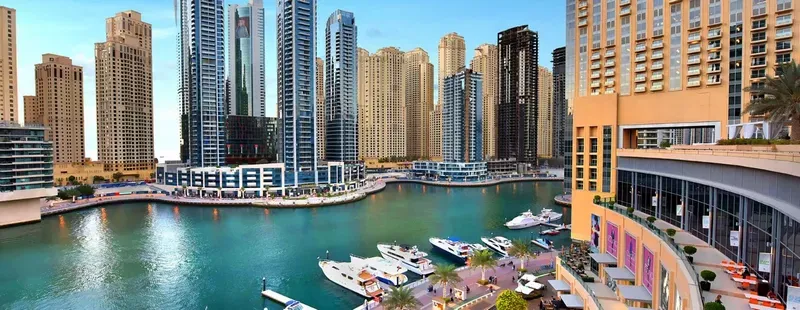
A defining feature of this area is its 3.5-kilometer-long canal, which is complemented by the vibrant Dubai Marina Walk, offering residents and visitors convenient access to a wide array of high-quality amenities within walking distance.
The district's advantageous beachfront location, coupled with its close proximity to key business centers, positions Dubai Marina as an attractive option for both short-term and long-term rental accommodations.
For apartments in this area, the average price stands at AED 2,700,000, yielding a rental return of approximately 6.62%. Villas within Dubai Marina, with an average price of AED 7,000,000, cater to individuals seeking luxurious living spaces.
Given the established and mature nature of the Dubai Marina property market, these villas also present a strong potential for capital appreciation over time. This makes the area particularly appealing to investors with a focus on luxury assets and long-term growth.
2. Palm Jumeirah: An Epitome of Luxury Waterfront Living
Palm Jumeirah stands as a globally recognized symbol of opulence, which features an exclusive collection of villas and apartments that boast breathtaking views of the Persian Gulf.
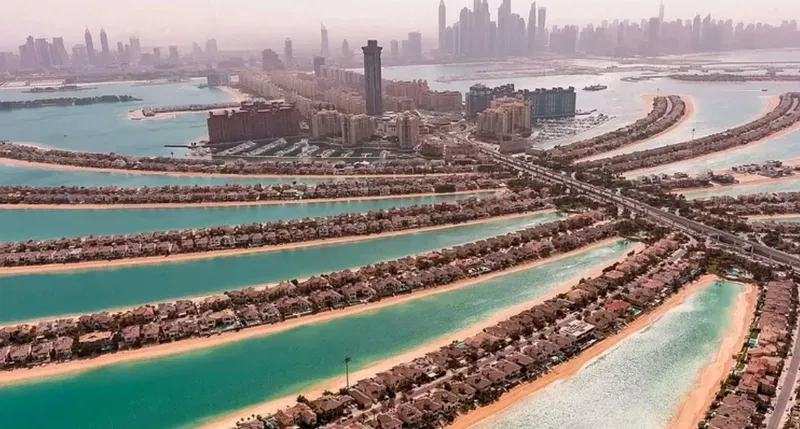
The average sale price for apartments on Palm Jumeirah is AED 9,000,000, with a corresponding rental yield of approximately 5.73%. Villas in this prestigious area command an average sale price of AED 35,000,000, catering specifically to luxury investors seeking high-end properties.
The demand for properties on Palm Jumeirah is significantly driven by tourism, evidenced by an 18% growth in short-term rentals. This strong tourism sector helps ensure stable property values within the area.
While the rental yields may be comparatively lower than in other Dubai districts, it reflects the premium pricing associated with the exclusivity and high demand of properties on Palm Jumeirah.
3. Business Bay: A Central Commercial and Residential District
Strategically located in close proximity to Downtown Dubai and the Dubai International Financial Centre (DIFC), Business Bay serves as a prominent hub for business and commercial activities.

The area benefits from excellent transportation links, including convenient access to the Dubai Metro and major road networks.
Apartments in Business Bay offer an attractive rental yield of approximately 7.07%, with an average price of AED 2,000,000. This strong rental return, combined with its appeal to professionals working in the adjacent business districts, contributes to high occupancy rates within the area.
Ongoing enhancements to the infrastructure and its strategic location near key landmarks further bolster the long-term growth potential of Business Bay.
This makes it a versatile investment choice, appealing to those seeking a blend of residential and commercial opportunities in a well-connected and developing urban environment.
4. Jumeirah Village Circle: A Family-Friendly Community
Jumeirah Village Circle (JVC) is a well-established, community-focused district that holds great appeal for both families and young professionals.
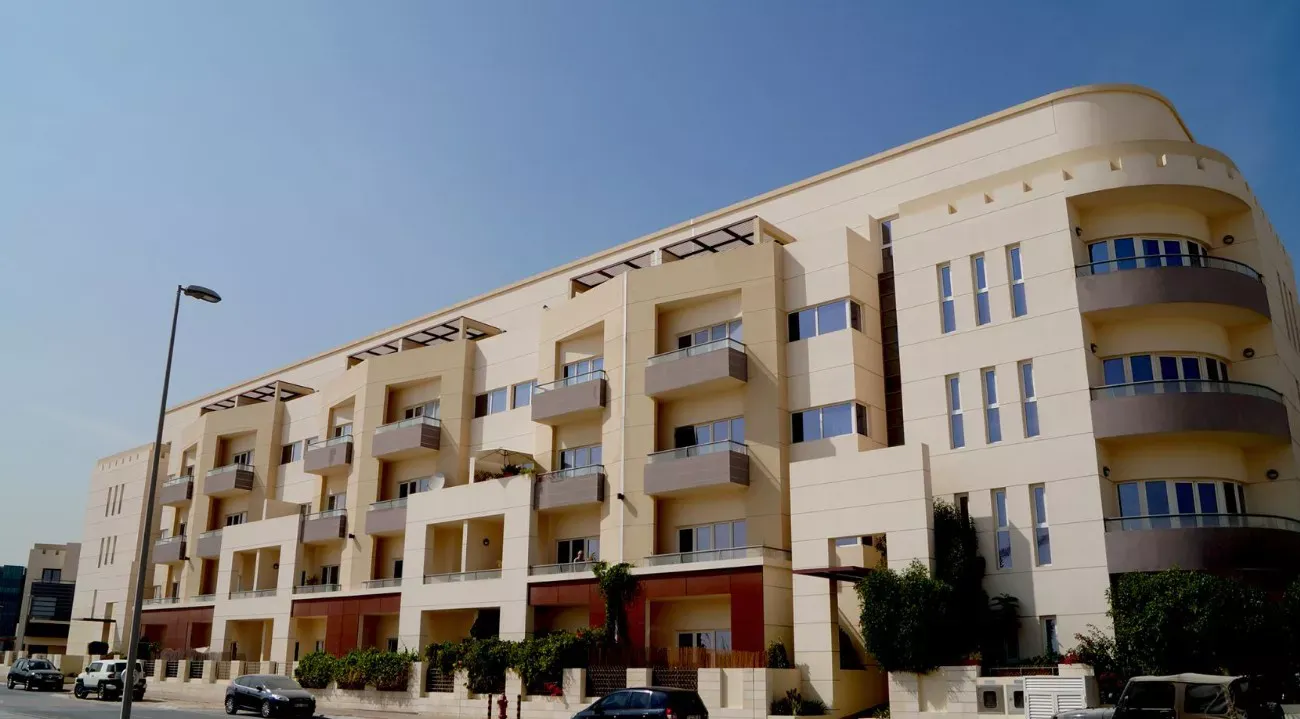
The area is known for its relatively affordable property prices, with apartments starting from AED 400,000, while offering a robust community-wide average rental yield of 6%.
JVC benefits from a well-developed infrastructure that includes essential amenities such as schools, public parks, and shopping centers. This comprehensive infrastructure contributes to sustained demand from both renters and potential buyers.
Consequently, JVC presents itself as an attractive option for mid-income investors who want a stable rental income stream coupled with the potential for long-term capital appreciation within a growing and accessible community.
5. Downtown Dubai: The City's Vibrant Core
Downtown Dubai, situated at the heart of the metropolis, is renowned for iconic landmarks such as the Burj Khalifa, the Dubai Mall, and the Dubai Fountain.
Apartments in this central district have an average price of AED 3,500,000 and offer a rental yield of approximately 6%.
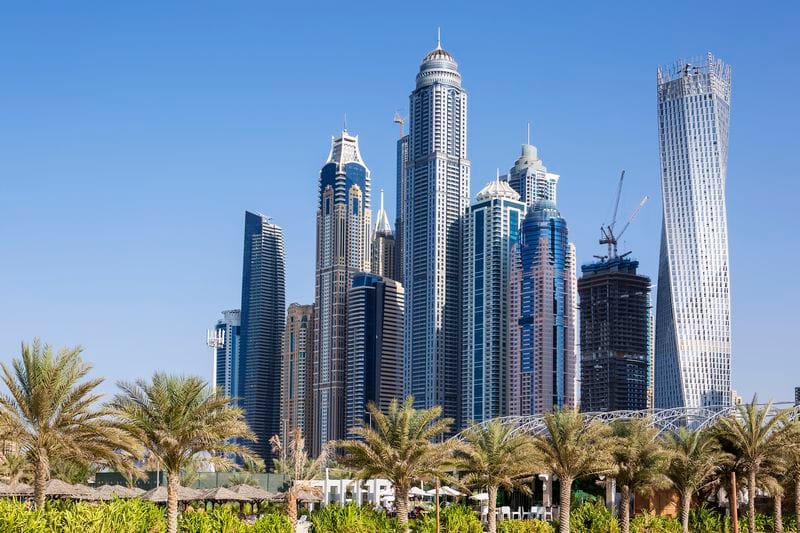
The area's prime central location and excellent connectivity via the Dubai Metro contribute to its appeal for both residents and tenants.
Its prestige as a world-class entertainment and business hub makes Downtown Dubai an ideal choice for investors aiming for a combination of consistent rental income and substantial long-term property value appreciation.
Emerging Areas with High Potential
While the above areas are established, emerging neighborhoods such as Tilal Al Ghaf and Al Jaddaf show significant promise for 2025 investors.
Tilal Al Ghaf, a sustainable waterfront community, exhibited average property prices ranging from 1,800 to 2,000 AED per square foot in the first quarter of 2025.
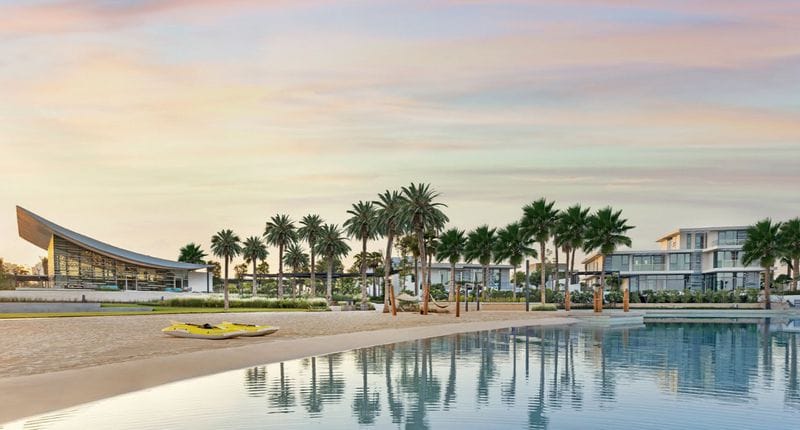
The area boasts attractive rental yields, reaching up to 7.39% for four-bedroom villas, 6.25% for three-bedroom villas, and 5.70% for five-bedroom villas.
Its resort-style living environment and convenient proximity to business hubs make it an appealing choice for both families and investors who look for a blend of lifestyle and accessibility.
Al Jaddaf currently offers annual rental yields in the range of 5% to 7%. Furthermore, property prices in Al Jaddaf are anticipated to experience a significant surge of up to 50% in 2025 due to its newly granted freehold status.
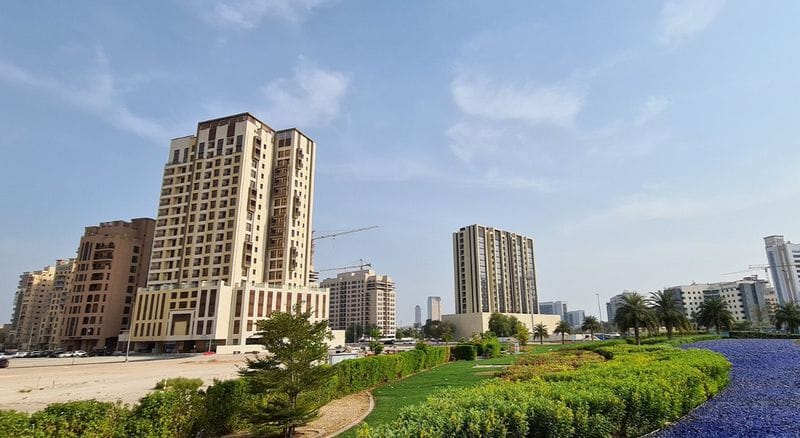
Its location in close proximity to Downtown Dubai and upcoming major infrastructure projects, such as the Etihad Rail Station, enhances its long-term growth prospects, making it a compelling area for forward-thinking investors.
What are the Risks of Investing in Emerging Areas?
As the last part of this article, we are going to point out a very important matter. While investing in Dubai's emerging districts offers significant financial rewards, it is important to acknowledge the inherent risks involved.
These may include market instability, delays in project completion, and the potential for an excess of properties.
- Market Volatility: The real estate market in Dubai, similar to others globally, is susceptible to fluctuations influenced by global economic conditions, governmental regulations, and changes in oil prices.
- Project Delays: The development of essential infrastructure and amenities in newer areas might experience longer timelines than initially projected, which could impact returns in the short term.
- Potential Oversupply: Certain developing districts could face temporary periods of oversupply as numerous projects reach completion around the same time, potentially exerting downward pressure on property prices.
- Challenges in the Rental Market: Establishing a robust rental market and attracting a consistent stream of tenants can be a gradual process, particularly in newly developing areas.
Conclusion
The Dubai property market in 2025 offers compelling prospects for investors who look for strong returns and lifestyle advantages within a stable economic environment. The emirate's tax-free status and strategic global position continue to draw discerning investors. If you aim to achieve consistent returns and growth in Dubai's 2025 real estate sector, the areas discussed in this blog post are definitely worth checking out.



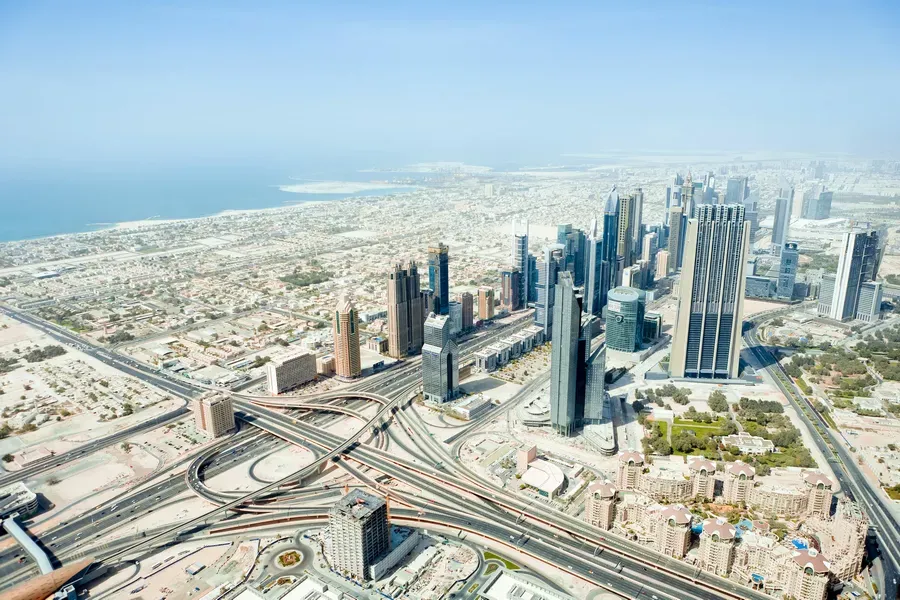







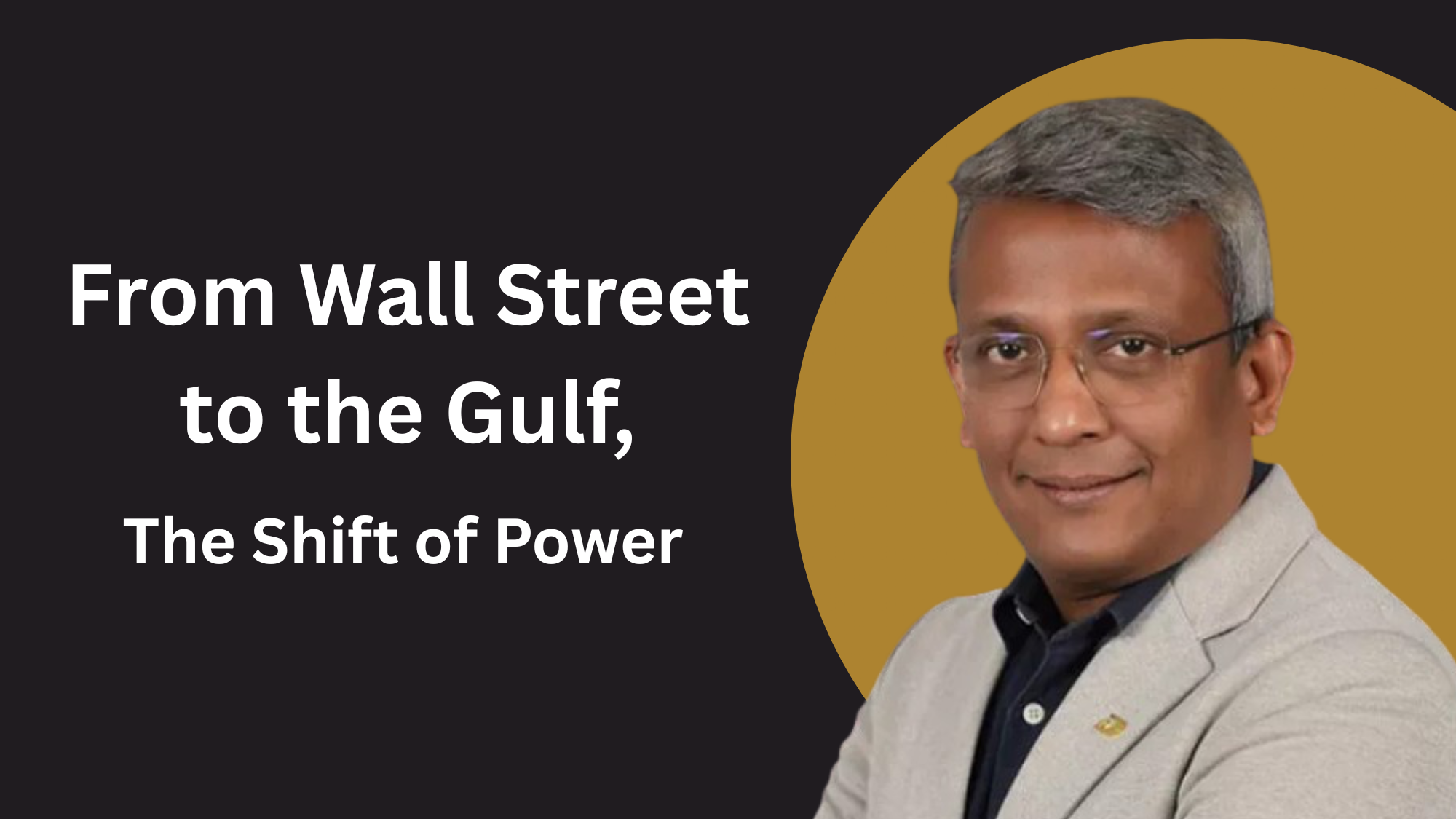

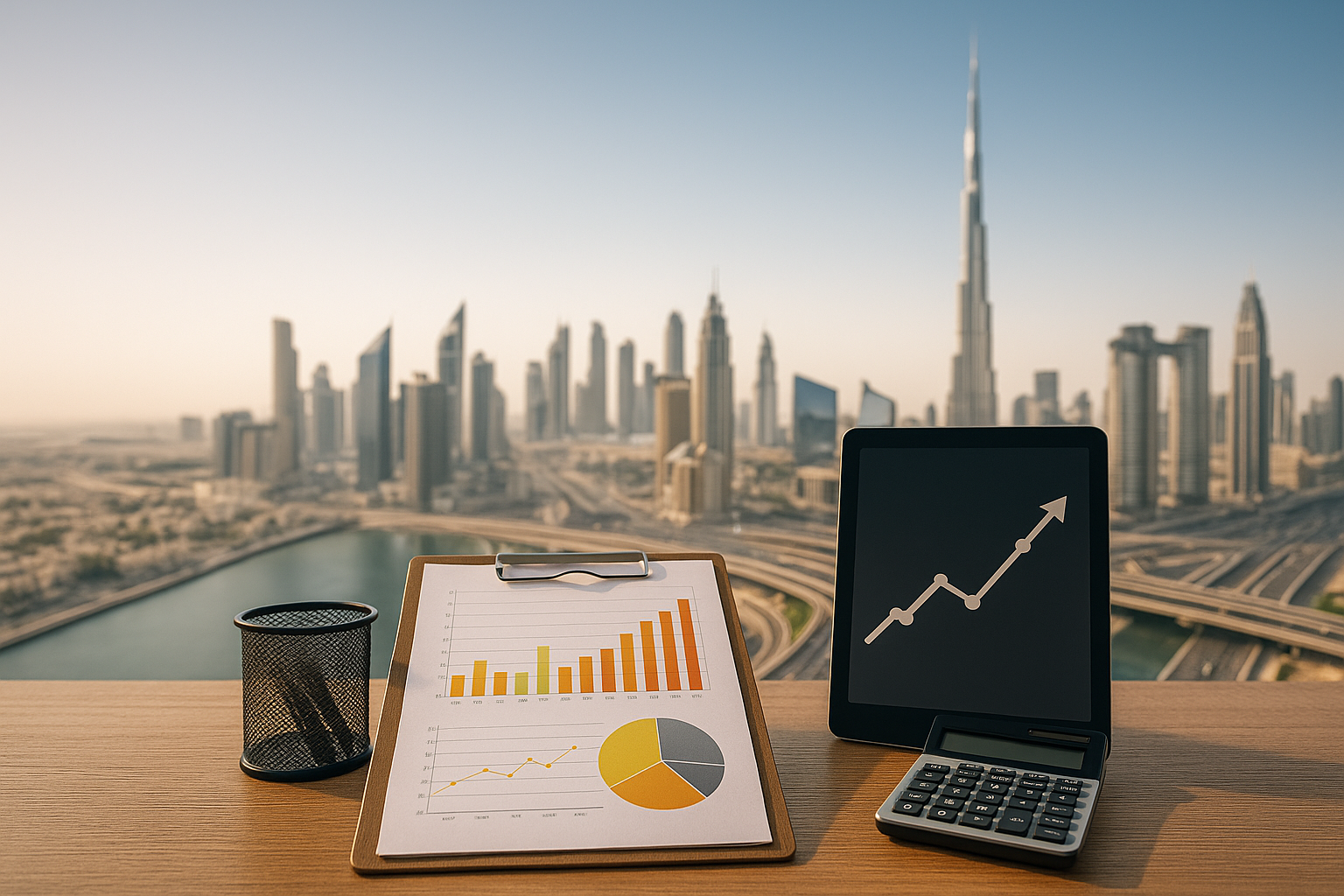

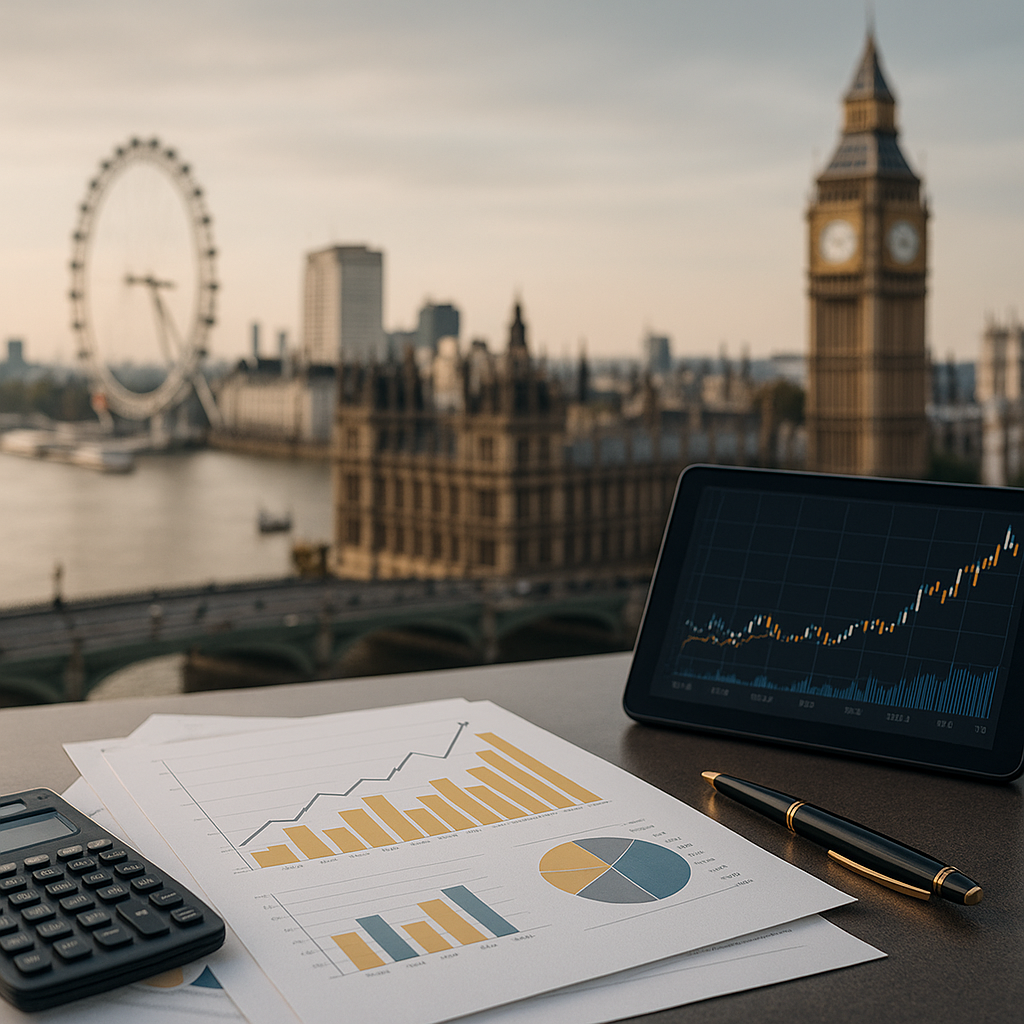
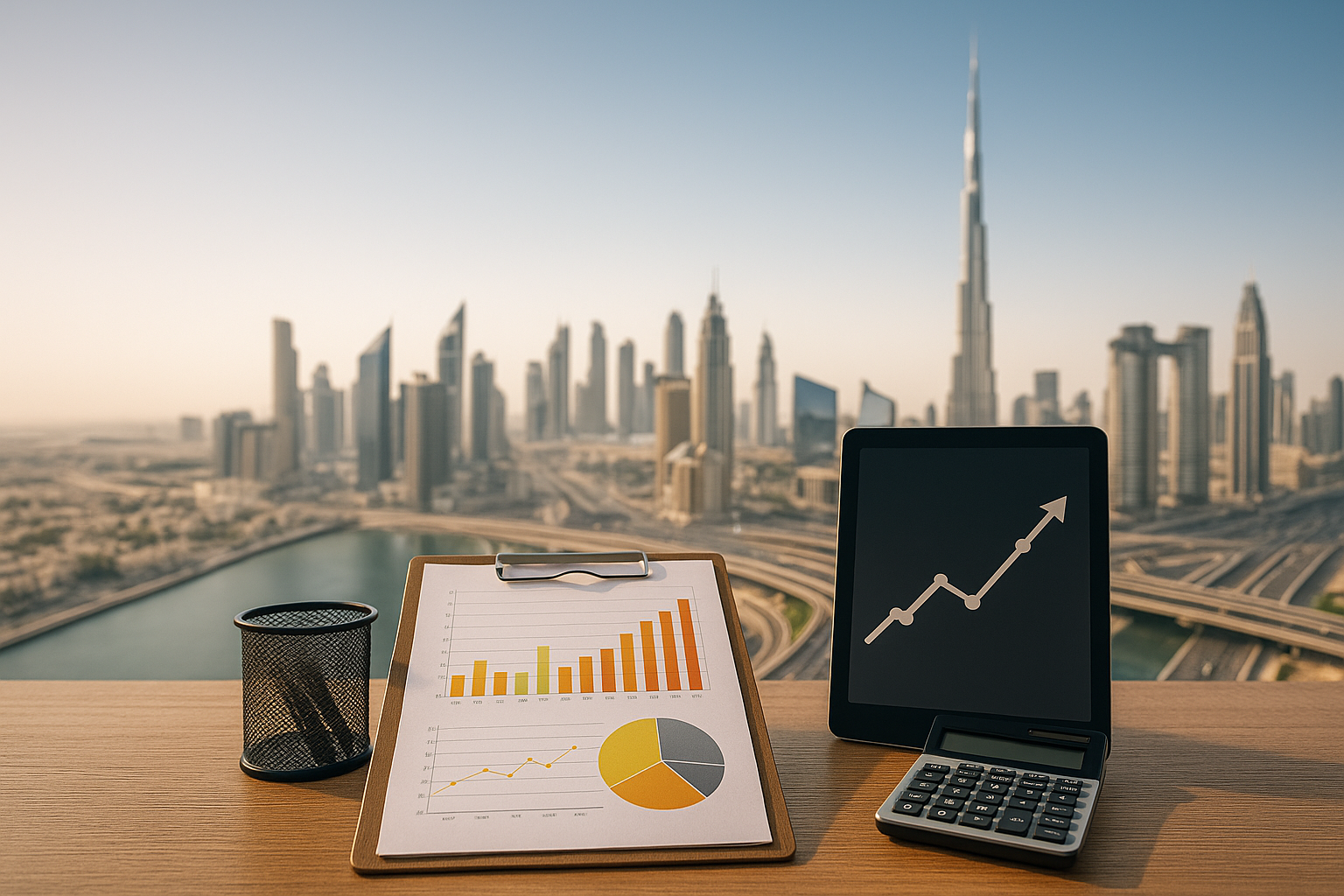
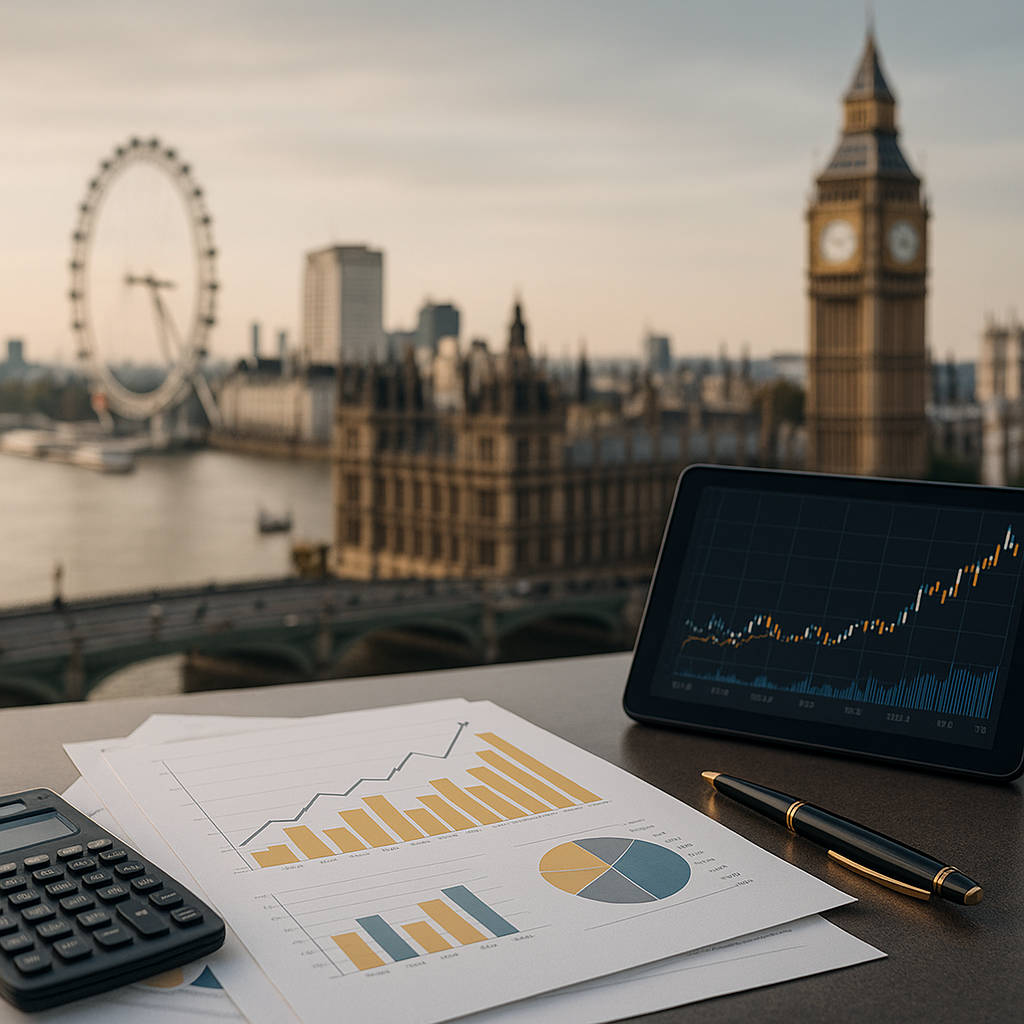








Discussion